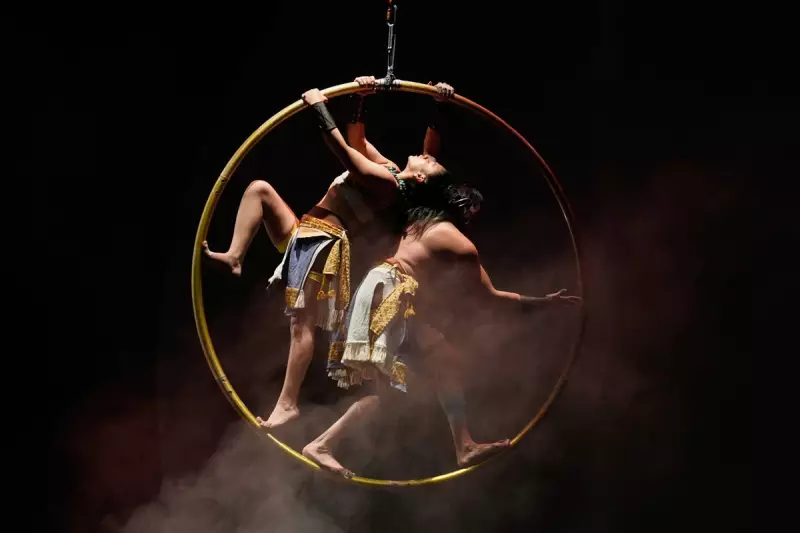
An ancient Maya creation story has found spectacular new expression through the innovative work of a Mexican circus company, blending sacred mythology with breathtaking physical performance.
From Bedtime Stories to Centre Stage
Mexican artistic director Jorge Díaz grew up listening to Indigenous legends from his grandmother, and later shared these traditional tales with his own son. Rather than conventional bedtime reading, they explored the Popol Vuh, the sacred text of Maya mythology that has inspired Díaz's remarkable stage adaptation.
"Recalling those stories is important," explained Díaz, whose production "Mortal Leap into Xib'alb'a" brings the Maya underworld to life. "We have plenty of beautiful, pre-Hispanic tales. But we sometimes forget."
The performance focuses on the epic journey of hero twins Ixbalanqué and Hunahpú, who venture into the dangerous Maya underworld, outwit death itself, confront its lords, and ultimately undergo transformation.
Circus Arts Meet Ancient Ritual
Founded twenty years ago by Díaz and fellow artist Jessica González, Tránsito Cinco began as a theatre company before evolving into a circus arts ensemble. Their current repertoire includes sixteen productions, all united by a commitment to narrative storytelling.
"We wanted to find something that could connect theatre with dance," said González, who also performs as narrator in the Maya myth piece. "The circus became a meeting place."
Díaz emphasises that the production goes beyond mere spectacle. "We sought to give the piece its own identity through circus, but I didn't want the work to rely only on tricks," he noted. "The idea was for the techniques to blend with the story and the characters, creating atmospheres rather than just showcasing skills."
The show has returned periodically since its 2023 debut, with new performances held in Mexico City in late November 2025.
A Personal Journey of Rebirth
For Díaz, the production represents both artistic ambition and personal significance. He once dreamed of performing alongside his brother as the hero twins, though he ultimately stepped back to avoid overloading himself.
Now, as he oversees safety during particularly daring acts like hair suspension performances, he gains new perspective on his art. "When I'm holding the performer who does hair suspension, there are moments when I see the light, the atmosphere, and it feels like a ritual," Díaz shared.
The production vividly portrays the twins' extraordinary origin—born after their mother becomes pregnant when their father's skull spits into her hand—and their eventual transformation through sacrifice.
"Under the Mayan worldview, death is not an ending, but a chance to be reborn," Díaz explained. "So even as they throw themselves into the fire as a sacrifice, they become the Sun and Moon."
This message of transformation and renewal resonates throughout the performance, demonstrating how ancient Indigenous traditions can find powerful new expression through contemporary circus arts.





